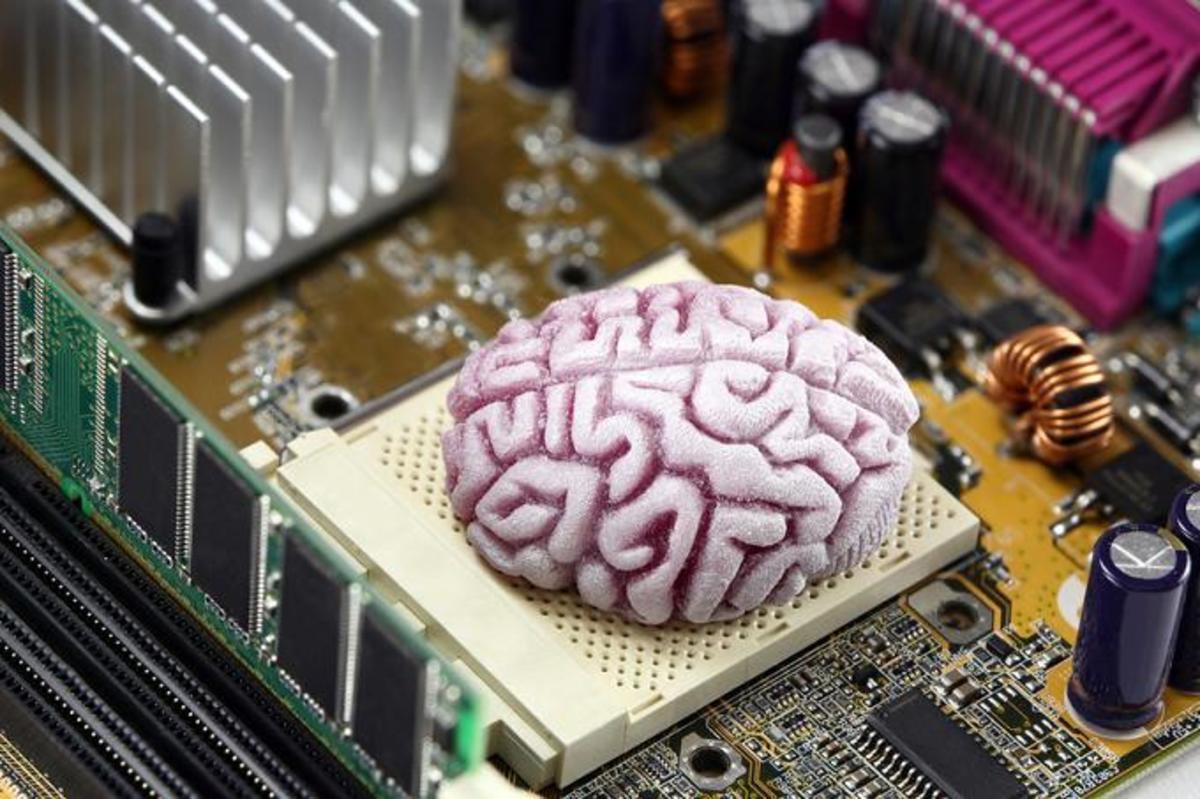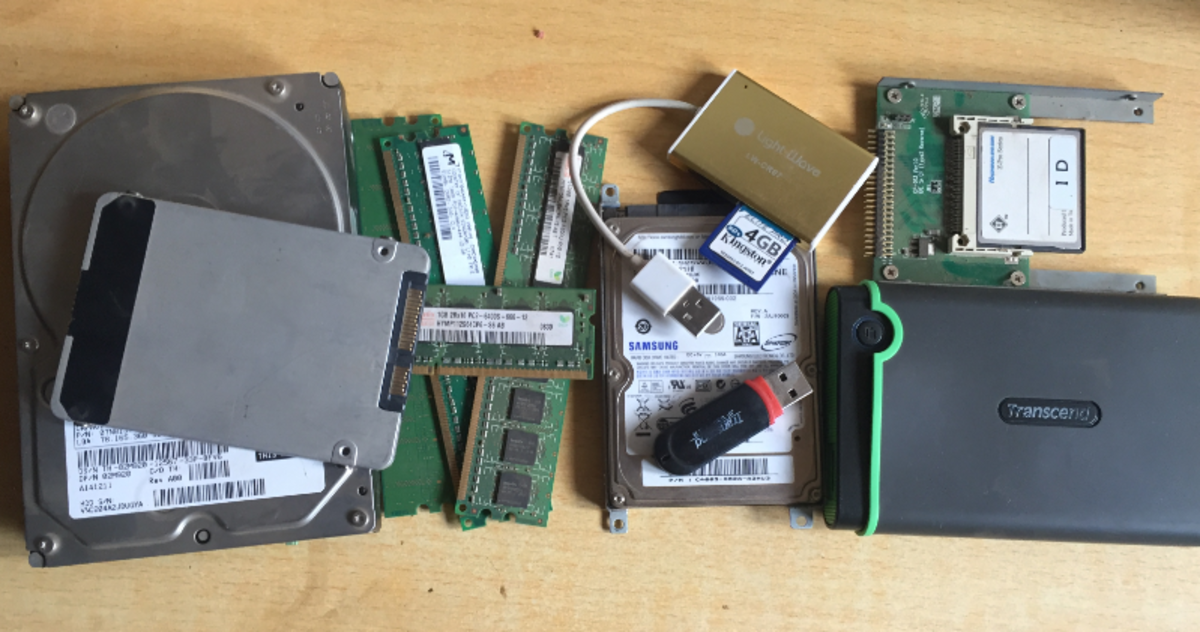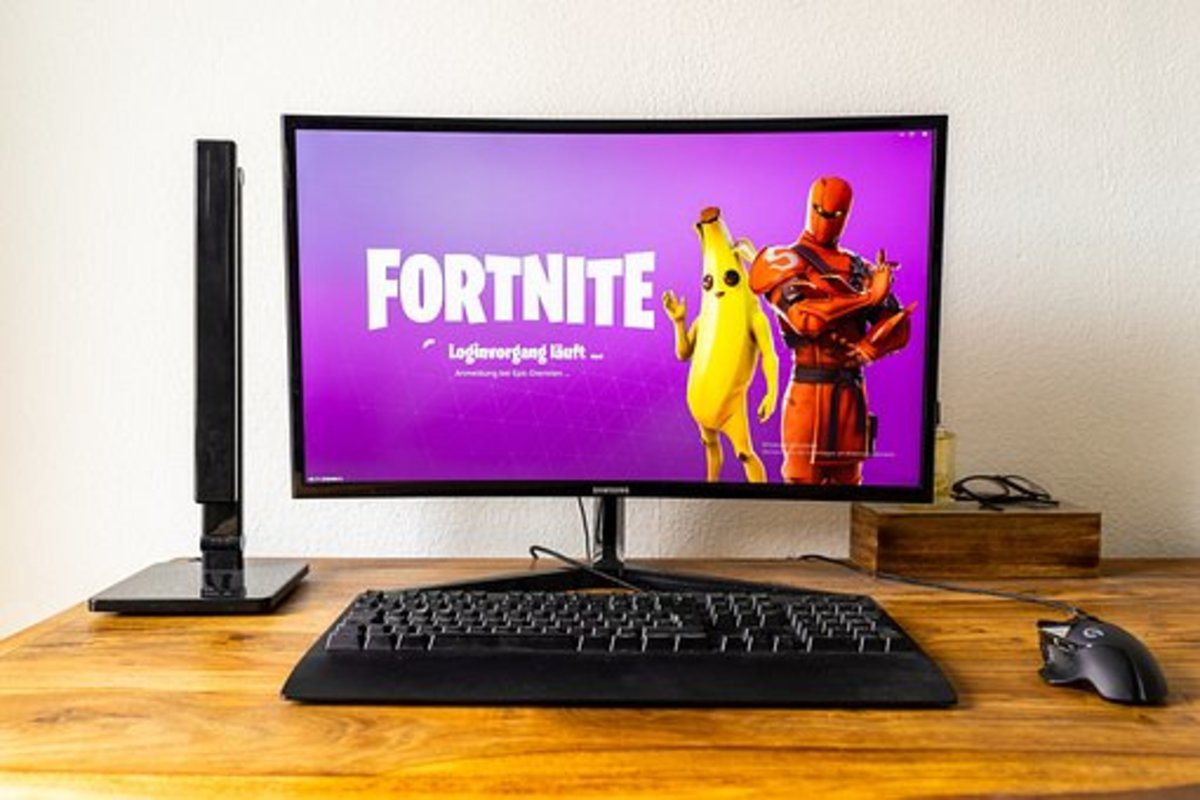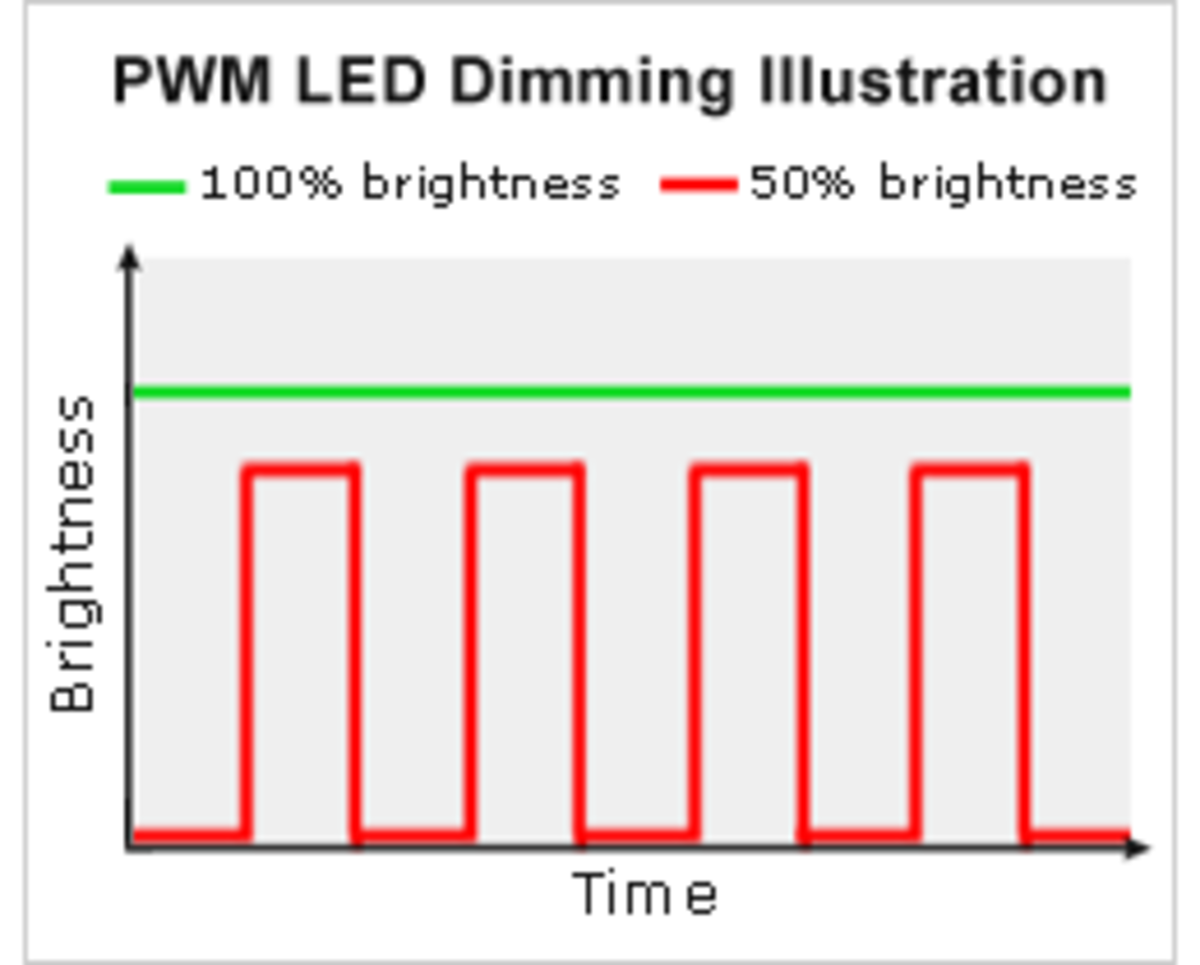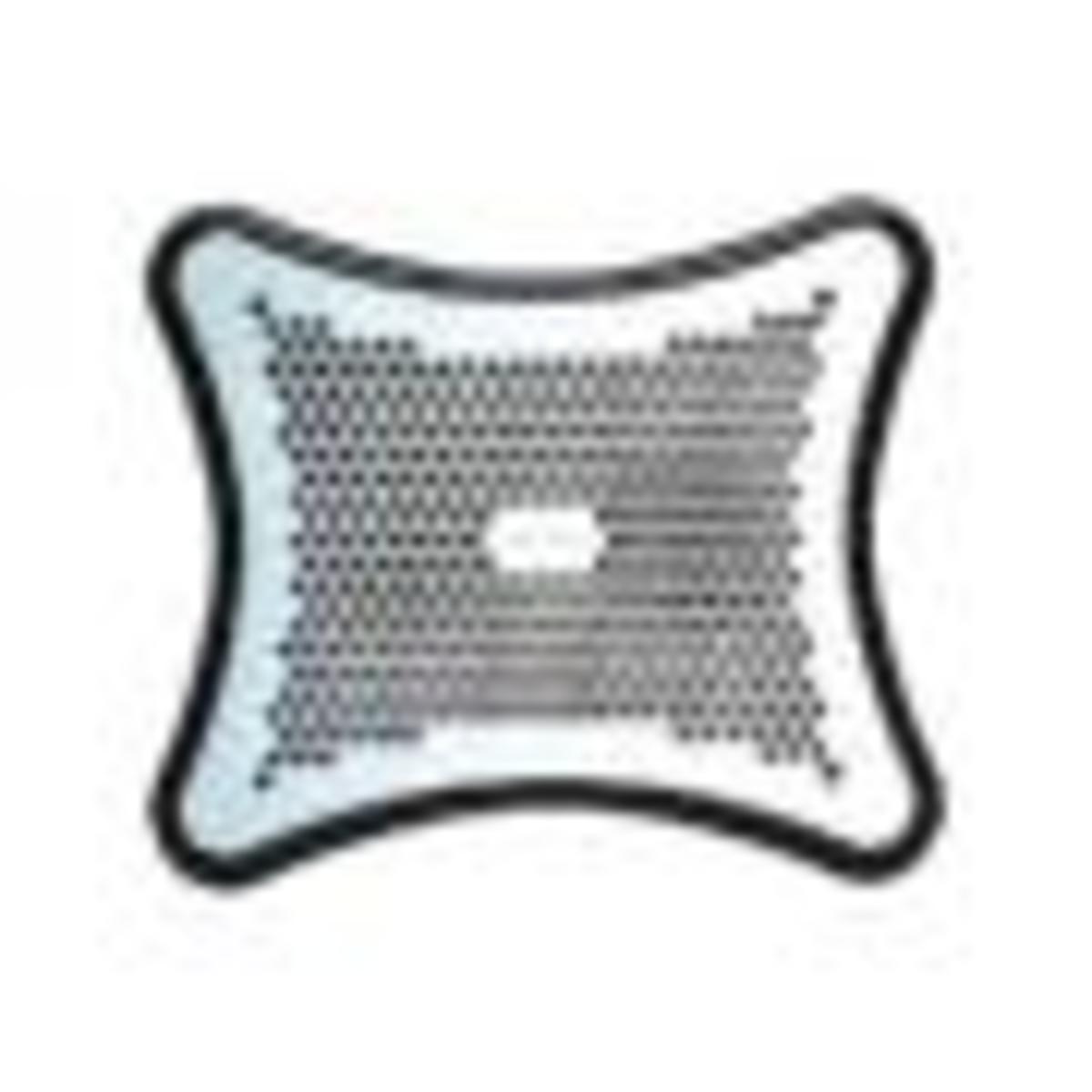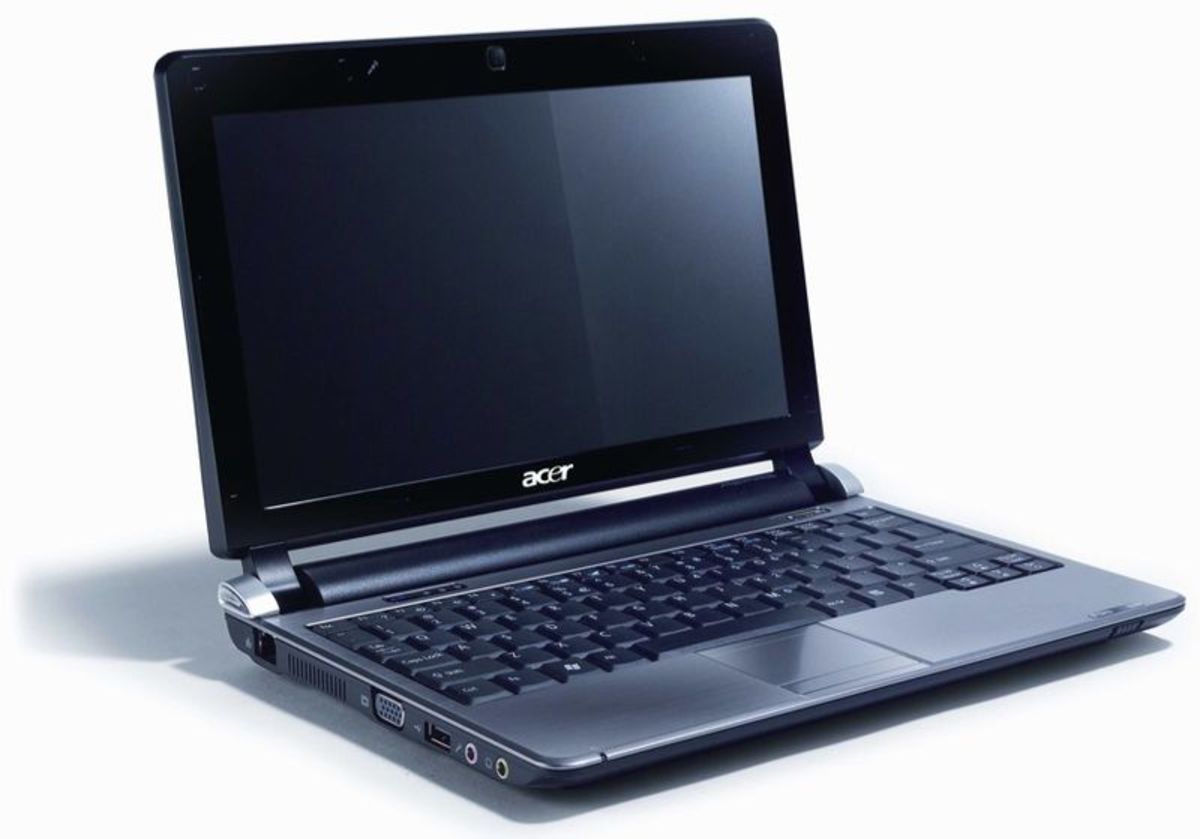Building a midrange AMD gaming PC in 2016
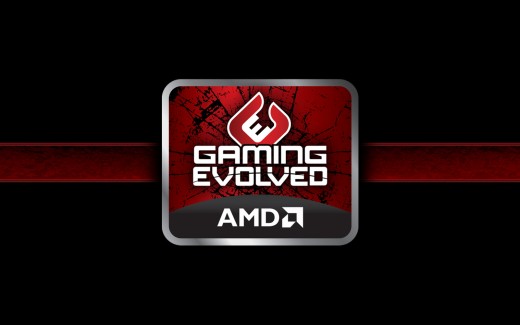
It’s a new year and with it brings a lot of sales in January. This is especially true in the technology world where Q1 usually sees a lot of new (and expensive) peripherals. In this Hub, we’ll be taking a look at building a gaming PC on a modest budget in 2016. Now, when it comes to building any PC, the first decision you’ve got to make is whether or not you’re going to go for an Intel CPU based build, or an AMD CPU based build.
For the purposes of this Hub, we’ll be discussing AMD due to the lower price of their CPU’s, which will also have an effect on the price of the build as a whole. Since devices such as monitors, keyboards and mice are very much dependent on personal preference in terms of image quality and feel/responsiveness, these have not been included in this parts list.
I have included links to buy these parts on Amazon since they're generally the cheapest online as well as having great customer support. This is for people in the USA. If you're looking to buy these parts in the UK, please consider using this Amazon link.
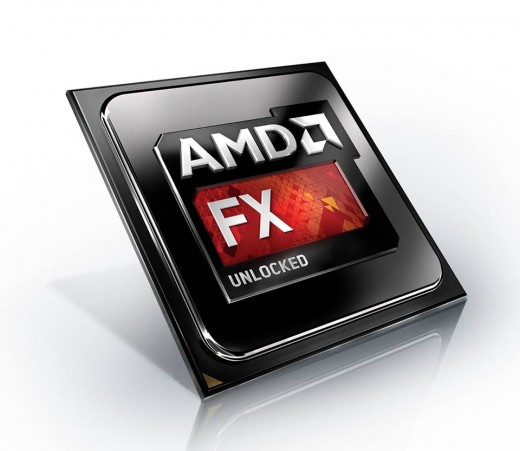
Picking the right AMD CPU
AMD CPU’s are well known for being a lot cheaper than the offerings from Intel. Whilst some cite that AMD CPU’s are extremely underpowered, this simply isn’t the case. Despite the fact that this is a mid-range gaming PC build, I have opted to go for the slightly more expensive AMD CPU than others would normally opt for.
However, the AMD FX8320 Black Edition is a seriously powerful CPU, and with 8 cores rated at 3.5GHz each, you’re definitely getting a lot of power at a modest price point. In comparison, if you were to spend the same amount of money on an Intel CPU, you’d be looking at a Core i3. The issue with the Core i3 however is that it is only a dual core processor, something which the latest games are refusing to run on these days and many are needing at least a quad core CPU.
When you add in the fact that you can overclock the FX8320 (something which you can’t do with the i3 family at all), its really starting to make more sense that if you’re building a budget gaming PC then it is best to go with the AMD option.
Choosing the motherboard
After the CPU, the most crucial component of any gaming PC build is choosing which motherboard to get, essentially since you’ll need to plug everything into this. You need to be careful with this since you’ll want a motherboard that is reliable, but there’s not much point in going overboard and buying one that has a lot of useless features that you’ll never use. Having said that, if you buy a motherboard, in this instance an AM3+ one, you won’t be able to use an Intel CPU on it, much like you will not be able to use an LGA motherboard for AMD CPU’s. The two are not compatible with each other.
Another thing that you need to consider is what kind of case you’re wanting to buy, be it a full blown tower, a midsize one or a small form factor PC. For the sake of argument in this Hub, let’s assume that the PC in question will be using a full sized tower. This in turn affects the kind of motherboard that you’re going to end up using. This is due to the fact that motherboards come in three sizes ranging from smallest to largest.
These are ITX, mATX and ATX. You are able to fit an ITX motherboard into a full sized case, but obviously, you wouldn’t be able to fit an ATX motherboard into an ITX case. Whilst it is possible to build an ITX gaming PC, due to the heat that the components give out and the limited space inside the case, I would always recommend either an ATX or mATX case for any gaming PC. This is especially true for the fact that if you end up managing to get some more money down the line, you’ll be able to swap out the graphics card without being restricted in terms of which one you can go for based on the size of the case.
The motherboard chosen for this build is the MSI 970 Gaming 2133 ATX Motherboard. This was chosen over other similar boards for the fact that not only does it have excellent reviews online, but it also has 4 slots for RAM, and it supports up to 32GB which is more than enough for any gaming PC, be it budget or not. It also has a large number of SATA3 ports (six, to be precise), as well as having audio out ports.
Also built into the board are two PCI Express X16 slots, as well 8 USB 2.0 ports on the back of the board, with another 6 ports accessible via the header. The header connection allows you to connect up USB ports that may be present on the front of your case to your motherboard, without having to drag the cable all the way around the back of your PC. In addition, the MSI mother board has 4 USB3.0 ports, two of which are located at the back of the motherboard, and the other two accessible via headers.
When you add in the fact that this board also includes OC (overclock) Genie 4 for easy, safe and fast overclocking, it really is an amazing motherboard at such a low price point, and it perfect for any gaming PC, be it budget or not.
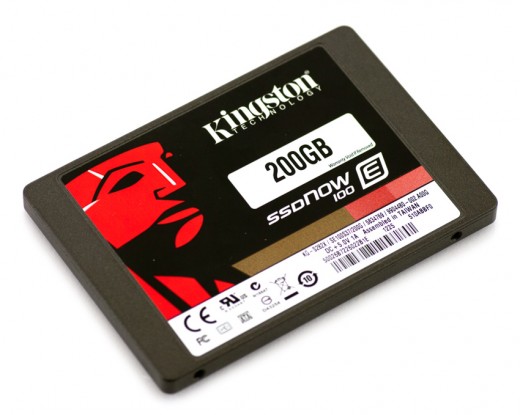
Storage Devices
With any build, it is always a conflicting option on how you’re going to assign drives in terms of type. What many people are now doing is using an SSD solely for their operating system (OS), and then using a more conventional, mechanical HDD (hard disk drive) for storing programs, documents etc.
Thankfully, due to the fact that both kinds of storage drives are continuously coming down in price, it’s always an option to add more of them to the build later on when your budget allows, especially since the motherboard chosen above has 6 SATA3 ports to connect the drives to the motherboard.
Since it’s fairly cheap just now, you would be able to a SATA3 SSD from Kingston. The size of this is 120GB and for starting out (and at under $50) it’s a perfect way to add fast and reliable lighting storage to your PC to boot Windows from.
Of course, if you’re wanting to further expand the storage on your PC, you could load Windows onto the SSD and store your programs, documents etc on an HDD. In this instance, a sensible option would be the 1TB Western Digital Black HDD. This is a 3.5 inch form factor hard drive, and has a 5 year warranty for added peace of mind. For those that don’t want the hassle of having numerous drives right away, the WD Black is also an excellent option for using as your main drive to load Windows onto and run all of your programs off of as well.
Bear mind that if you went down the SSD route and added a HDD later on, it’s extremely easy to move your data over. However, if you install programs onto the SSD, the only way to get them onto the HDD is to uninstall and then re-install it. The exception to this rule is Steam.
Below is a video showing how to move your entire Steam folder, as well as one showing how to install Steam games onto a different drive. In terms of moving the Steam folder, whilst the games may be installed elsewhere, as Steam updates itself, it can still take up quite a lot of room on your storage drive, so if you have an SSD and HDD, it might be an idea to move Steam onto your secondary drive.
Choosing a case
With regards to a case, a full sized tower is always a good option since it allows you to expand your system later on and even keep on using it for further builds when the old components become obsolete. Larger cases also have better air flow, as well as having space for more drives and also better cable management options. In that respect, a great case would be the Fractal Design R5. It comes with or without a window so you can see the internals of your PC and is composed of strong titanium. The R5 contains noise dampening materials which is great for those that like silent builds.
Also, the R5 comes pre loaded with two 140mm fans to ensure that there’s the proper amount of air flow through your system which is actually a nice little addition. As mentioned above with the choice of storage drives in terms of number, the R5 can hold 8 drives be it 2.5 or 3.5 inches, as well as having two bays for optical drives (yes people still use them) and a further two dedicated SSD mounts. There is also more than enough room to install a radiator should you wish to water cool the build further down the line, and it’s long enough to support even the most gargantuan of GPU’s.
As you’d expect from any high quality case, there are removable dust filters. Also, in terms of cable management there are pre installed rubber grommets so that you can easily route all of your cabling behind the motherboard tray and out of site and away from the components, thus increasing air flow. Whilst it has been argued that this in effect makes little difference to the heat build up inside the case, it’s always better to have everything out of the way rather than it being in a crumpled up mess in plain view (especially so if you’ve opted for a windowed case).
Finally, the front of the case has two USB 2.0 ports and 2 USB 3.0 ports, both of which are connected via the headers on the motherboard as mentioned above.
Opting for an optical drive
For many, an optical drive is seen as an obsolete piece of technology in any computer. However, there are still some forms of software (such as Windows) that require a DVD/Blu-Ray player so you can install it onto your PC. If you’re just wanting a drive to watch your DVD’s on, then Samsung do an amazing DVD Rewriter for less than $25 which is a really great price. If however you’re also wanting to watch your Blu Ray collection on the PC then LG currently had a 14x Blu-Ray Rewriter for less than $50 which again is a great price for such a device. This is an excellent way of backing up data in large capacities rather than on a drive or in the cloud.
Picking a power supply
For the power supply, it’s an area that you don’t want to skimp on since a duff power supply could end up really wrecking your system. In terms of choosing which type, a smart choice is to pick one that’s always certified, be it bronze, silver, gold or platinum. For this build an excellent power supply would be the EVGA 700B1.
This power supply is 80 Bronze certified (85% efficient) and it comes with the excellent durability and build quality that EVGA are known for which is backed up by a three year warranty from EVGA. Further, it has numerous protection fail safes in it, protecting your build from under and over voltages which would otherwise damage the components in your system.
As the name suggests, it is a 700 watt power supply (although if your components are using that much power, it won’t draw this). Rather, it’s giving you the opportunity to make sure that your current set up is getting enough power and that you should have enough wiggle room when the time comes to add in more components, like an extra storage drive as mentioned above.
Further, this power supply is modular so it means that you only need to plug in cables to the components you are powering, rather than having cables coming out of the power supply but not actually connecting them up to anything (old power supplies used to be like this). This again improves air flow inside the case and make the build itself look a lot tidier.
Gaming on the GPU
Ah the GPU. You could argue that this is the biggest part of any gaming PC build, and you’d be right but it goes hand in hand with the CPU. Since this is an AMD orientated build, it would only be right to select an AMD bases GPU. In that respect, this is where you can really get some excellent bang for your buck. The AMD R7 370 from Gigabyte is an excellent option when it comes to building a midrange PC, and with 2GB of RAM, you’ll have no problems playing the latest games at 60FPS at 1080p resolution.
For further bang for your buck, the Gigabyte variant of the 370 comes overclocked out of the box, so you’re getting even better performance than the reference card without having to tweak any of the settings yourself. Even better, since it’s from Gigabyte it is cooled by Windforce technology that ensures that the card is running as cool as possible under load, as well as using much quieter fans than the competition. This card requires a 500 watt power supply and has a wealth of connevtivity options including Display Port, HDMI and DVI and is a double slot card.
Of course, depending on your budget you could be able to opt for something maybe a bit more expensive such as the MSI R9 390 Twin Frozr V. This is really the top end of the AMD GPU’s, but it’s certainly powerful enough to run even the most demanding games at resolutions of 4K, and will also support up to three monitors, perfect for panorama gaming. As with the Gigabyte, this too comes over clocked thus saving you having to fiddle around with the settings, and is supported by 8GB of GDDR5.
By using custom made Frozr V fans, it not only helps to keep the card within optimal temperatures under load, but it also runs a lot quieter than similarly priced cards on the market. This however is a much larger card than the 370 mentioned above and would take full advantage of being installed in a full size tower such as the previously recommended Fractal Design R5.
Picking your RAM
For any PC, you’re going to be needing RAM and for a gaming PC the sweet spot is 16GB. At this time, there is little benefit of going any higher than 16GB so you’re better off saving your money and investing it elsewhere. In terms of gaming, the faster the memory the better. Kingston have their own line of RAM, dubbed Hyper X.
The great thing about the Hyper X line is that it will overclock itself from 1333MHz to 1866MHz as and when needed. For the end user, it results in much quicker access times which can be a great boon to your gaming. Especially when you don’t need to actually do anything to increase the clock speed of the memory yourself.
At this time, Kingston (and many other manufacturers) don’t supply consumer grade RAM that is ECC memory. Basically this is memory that will correct errors within itself in real time. For RAM that can’t do this, i.e. non-ECC memory it will result in a system crash. However, ECC is fairly expensive and not recommended in normal day to day use and gaming PC’s since there is little need for it. This type of memory (particularly due to its cost) is more suited to server builds and workstation PCs.
At less than $80 for 16GB of gaming performance RAM, this is a real bargain, especially since it’s backed by a lifetime warranty.
The Operating System
For you to be able to use your PC, you’ll need an operating system i.e Windows installed on it. Currently I’m using Windows 10 and it’s a great OS. However, many people are still favouring Windows 7. You could potentially buy Windows 7 at a much cheaper price than what Windows 10 is being sold for, and then upgrade it to Windows 10 for free.
However, this free upgrade to Windows 10 expires in August 2016 so it’s something you’ll need to do fairly quickly if you’re not wanting to pay for the full price version of Windows 10. Personally, Windows 10 will be a much better choice for gamers, especially with Direct X 12 which won’t be coming to Windows 7, so it makes sense to get it while it is cheaper.
I hope you’ve enjoyed this fairly extensive parts list and for those new to the world of picking PC components I do hope that this Hub has been of some help to you. If you have any questions, please feel free to leave them in the comments section below. That way others can see answers to similar questions that they might have.






